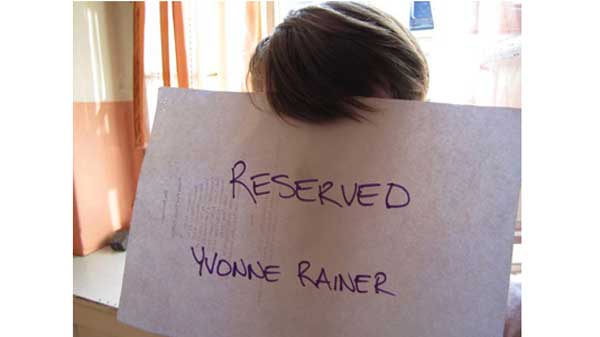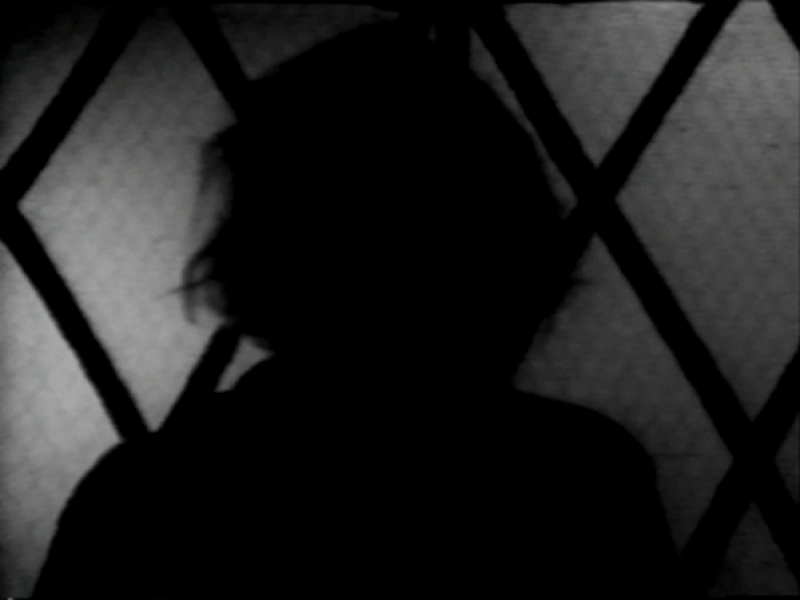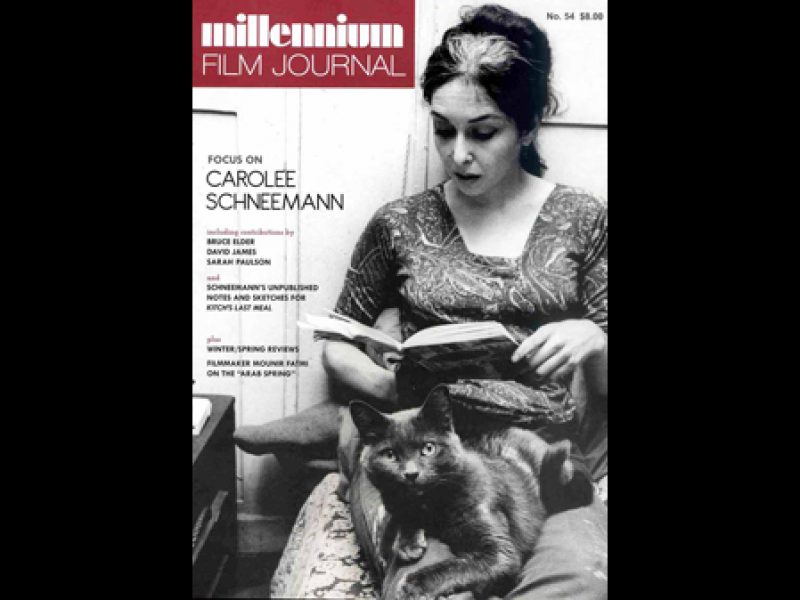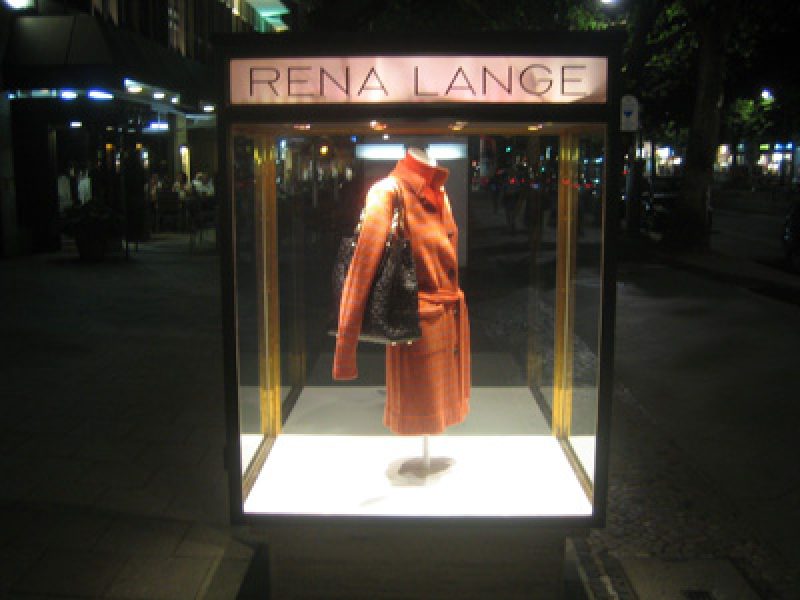I’ve just finished giving a seminar series called 6 or more kinds of theatre at no.w.here. At the beginning “why theatre?” was an unanswered question.
I don’t know that it’s answered now, but nothing that we talked about put me off. In fact I’ve started thinking in particular about the auditorium as a vehicle, architecture, channel of communication in a much more explicit way than before. This is one of its key pleasures and critical functions, for me, as an artist who makes performances and a curator working predominantly in cinema. Could theatre be a site of production, rather than of reproduction? In the instance. I know these things need more explaining…
Just over halfway through the seminars Tramway in Glasgow presented two evenings of performances by Yvonne Rainer. Something of a coup. It’s no secret that I’ve been a fan, learning her 1966 dance Trio A with Jimmy Robert in 2004 which was performed by us as the end section of the first work we made together. And loving her films (which were also all shown and will be again soon at the BFI Southbank). But I had thought I was getting over it. Well forget that. What happened in Glasgow flattened me with its deluge of direct intelligence, generosity, integrity, coherence, departure, challenge, love (new love) and slapstick. I don’t know that I’ve been at an event with such a momentous sense of cultural significance and I like many others there – maybe everyone there – remain fuelled by it.
All the works were performed by the same four dancers – women of different ages, physicalities, sensibilities; Pat Catterson, Emily Coates, Patricia Hoffbauer, Sally Silver, saluted. Where’s the Passion? Where’s the Politics? or How I Became Interested in Impersonating, Approximating, and End Running Around My Selves and Others’, and Where Do I Look When You’re Looking At Me? was a lecture delivered by Rainer herself from a lectern at the front of a bare stage as Trio A was performed in a number of different variations – forwards, backwards, balletic, ‘facing’ (with Rainer replaced at the lectern by two of her dancers as she ran around one of the others who was performing the dance and attempted continuously to look into her eyes). What was spoken covered subjectivities, the direction of the performers’ and audiences’ gazes, the situation as a conundrum to be productively broken in and by – or even against – its assertion. It described while addressing the instance of our own witnessing. Word and movement had the air of a demonstration positioned as the work itself, a kind of undercutting of its own moment for the sake of this moment now, and as such become more deeply affective than spectacle ever really facilitates.
I’d never been in an audience watching Trio A before. What I realised there was that the performer’s consistently diverted gaze, which is never directed at the audience, is an act that we might watch and that it is an act of generosity: it gives you back your own position, I’d say yourself if anything so identifiable existed, but here at least your own present, in that situation, watching but also within yourself. “You go about your business and I’ll go about mine” to quote Rainer. It’s an incredibly deep thing to be given, this radical emotional sense and something I could not have articulated from reading the volume of discourse around Trio A, or even from having performed it.
The jubilant, defiantly, hysterically simple Chair-Pillow closed the first evening – a dance for a person with a chair and a pillow to Ike and Tina Turner’s River Deep, Mountain High: “When I was a little girl I had a rag doll…” Yeah right. More like “When I was a little girl I ate my rag doll for breakfast and tore down all the walls of your houses in the same way that I now gleefully destroy all assumptions about gender, virtuosity, patriarchy, dispossession because they were all bullshit, while smiling inwardly and saying ‘Look mum, no hands!’ and now we’re free, and so are you, and isn’t that pleasurable, thank you very much.” Bravo bravo.
Two recent works on the second night – RoS Indexical, based on Stravinsky’s Rite of Spring (well, the soundtrack from the BBC’s docu-drama reconstruction of the ballet’s iconoclastic first performance) and Spiralling Down. What they share in part is something to do with the facticity of the body, its limits, awkwardnesses, jerks. Small movements not grand gestures, precise clumsiness that is of course meticulously choreographed. Over half of Spiralling Down is performed to Ravel’s Bolero, the music’s cheesey slow sweeps never more romantic than when four women in a loose huddle repeat in an order they decide such a set of movements; almost frenetically, against the pace legs jab, arms half extend, hands flex at the side, modest display. It’s a political, social position this describes, a brilliant illustration not of tragic love and a final collapse onto the ice à la Torvill and Dean, but the radical fissures of living, not consuming. And at the end two of the dancers slip into the final movement of Trio A that has now become a breaking-out into pure line, exquisite form, sheer, relaxed stretch and the height of elegance.
Compared say to the dances of Trisha Brown – which were presented at Tate Modern two weeks later – where the body is figured as pure (pure balance, yogic concentration, all white outfits, meditative connections) Rainer rather posits the body as an order of impure mess that can and must be seen. It’s the mess for which I’m grateful.
I could go on. This was invaluable work – the work seen being done, the work of seeing itself – impressive, influential, inspiring. More than unforgettable it is the absolute fuel of practice. Stand, cry, applaud.
I stole the hand written sign from Rainer’s seat in the audience on the second night and thought about wearing it taped over my face for the whole of my current performances at the Kunsthaus in Bregenz, until I realised you can’t ride a segway while bumping into a funerary urn on a trolley and read out notices of local deaths as all the lights are switched off one by one, shutters come down and curtains close automatically without being able to see, much as that blindness would have been apt. So I took a photo of it instead to indicate the debt and a state of permanent albeit metaphorical affiliation, by which I mean that I am still wearing it, like stupid truth. Thank you.
Ian White is an artist and Adjunct Film Curator for the Whitechapel Gallery, London, as well as working on independent projects. He is the Facilitator of the LUX Associate Artists Programme and a writer. He curated ‘Tense Present’, a guided tour of artists’ film and video in the Luxonline collection.






